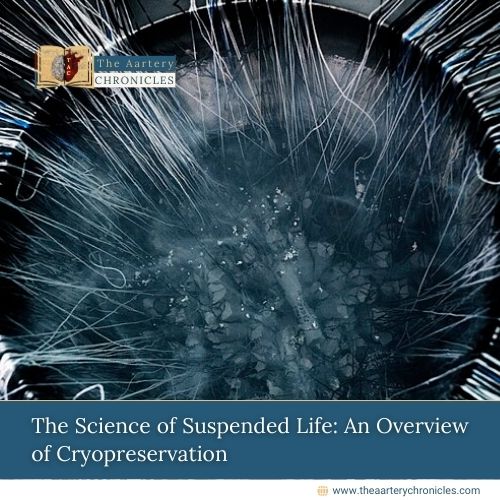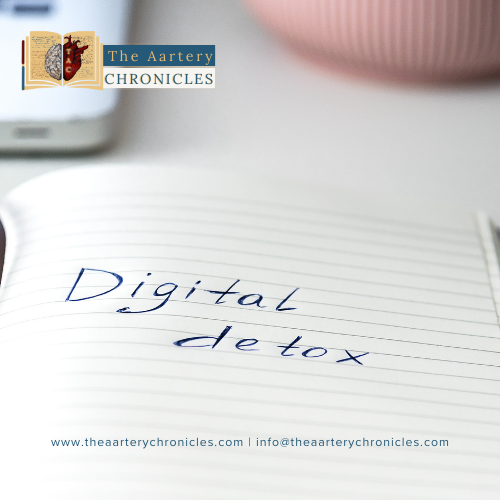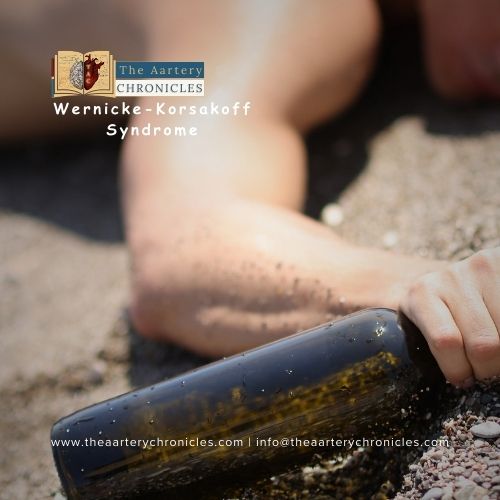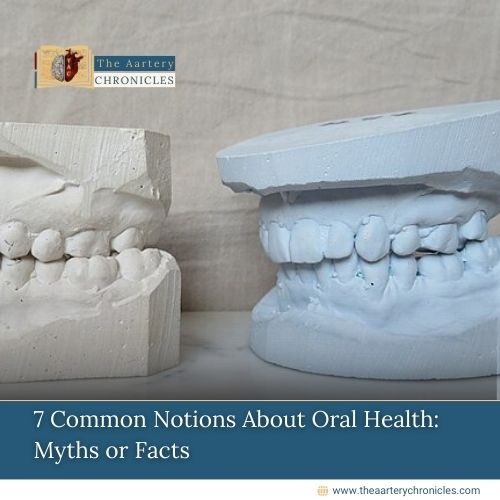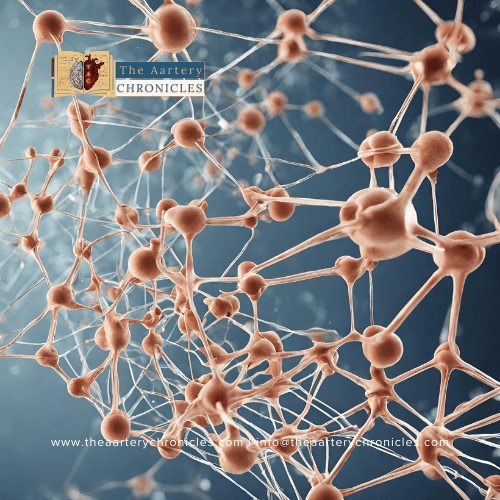
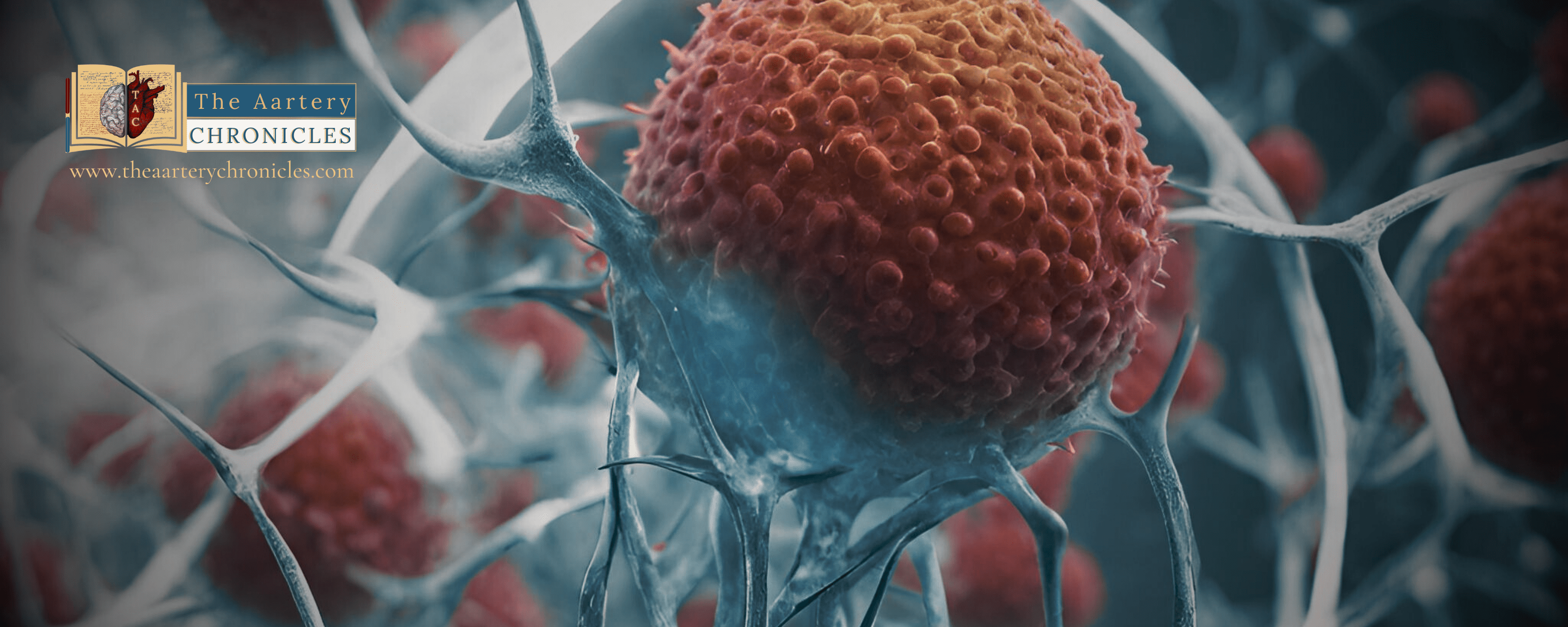
Nanobiotechnology: Bridging the Gap Between Nanoscale Science and Life Sciences
Overview:
Nanobiotechnology: ‘nano’ is a Greek prefix that translates to ‘dwarf’ or ‘extremely small’ and denotes a thousand millionth of a meter. An interface of biotechnology that involves applications of nanotechnological phenomenon in life sciences. This novel branch explores nanostructures’ biological and physicochemical characteristics and their potential applications in various areas of life sciences such as agriculture and medicine.
Nanomedicine: An interdisciplinary branch that involves the use of nanomaterials for disease prevention, diagnosis, imaging, treatment, and regenerating systems of biological significance
History and development:
It is believed that Romans in the 4th century AD used nanoparticles and structures. One such example that associates nanotechnology with the ancient world is the Lycurgus cup made from dichroic glass which is said to change its colours in different light settings.
Richard Feynman is known for his 1959 lecture “There’s Plenty of Room at the Bottom,” which is often considered the starting point for conceptualising nanotechnology. Norio Taniguchi coined the term “nanotechnology” for the first time in 1974.
In 1982, Nadrian Seeman laid the foundation of DNA nanotechnology by exploring the possibility of generating sequences of oligomeric nucleic acids, marking the beginning of modern nanobiotechnology. Sigma-Tau Pharmaceuticals in the year 1990 released the first nanomedicine Adagen that used synthetic nanoparticles (PEF) for chronic combined immunodeficiency disease,
Paul Rothemund created the “scaffolded DNA origami” in 2006 by using a “one-pot” reaction to increase the complexity of self-assembled DNA nanostructures.
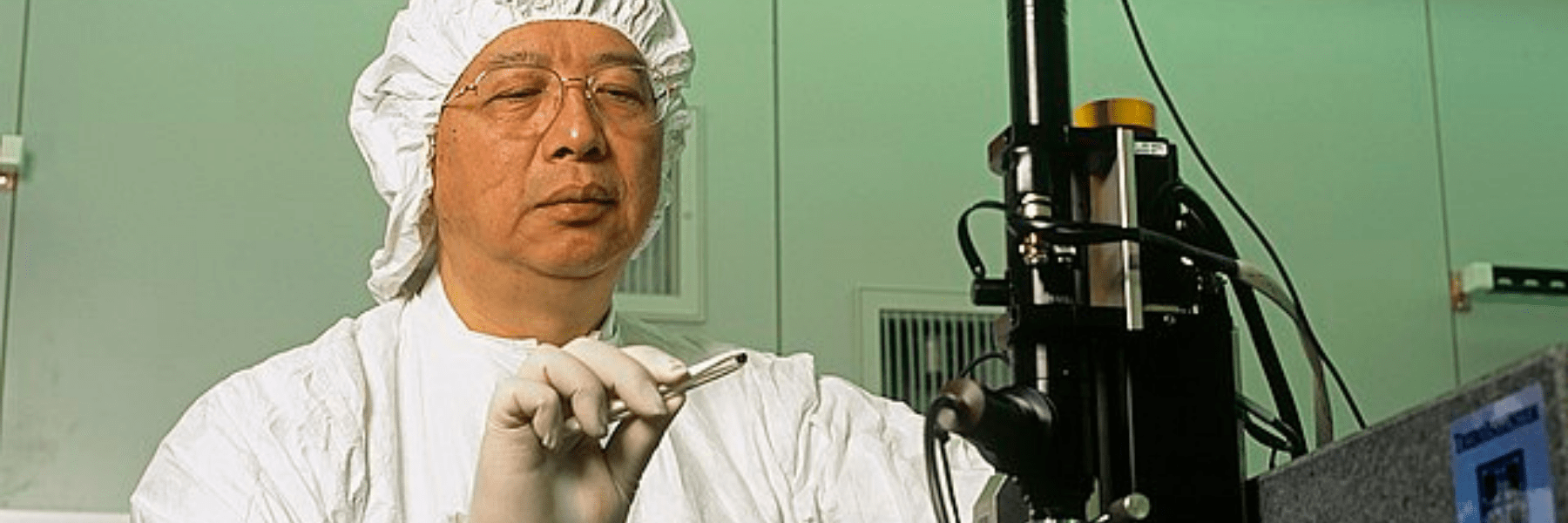
Nanotechnology in healthcare:
Nanotechnology has been a hot topic in medicine and it has grabbed attention by assuring to solve various issues linked with conventional therapeutic agents, lack of targeting capability, systemic toxicity, etc. Researchers have identified that certain nanoparticles have potential applications in creating targeted medicinal products, implants, diagnostic instruments, and tissue engineering.
Today, nanotechnology enables the administration of treatments with high toxicity while ensuring improved safety. Moreover, wearable gadgets assist in effectively monitoring vital signs, infections, and the conditions of cancer cells. This allows doctors to significantly access critical data. In healthcare, nanotechnology offers numerous therapeutic, diagnostic, and preventive applications.
Nanoparticles in Anticancer Drug Delivery
Several materials have been explored for the delivery of drugs that enhance the therapeutic efficacy of anticancer drugs. Nanoparticles play a significant role in achieving innovative cancer drug delivery methods. As a result, a large number of nanoparticle-oriented drug delivery techniques have been developed for treating various types of cancers. Researchers are exploring materials like lipids, proteins, polymers, and polysaccharides to create potential drug delivery carriers. Nanoparticles allow for precise modifications that facilitate binding to the cytoplasmic or nuclear receptor sites, microenvironment, or the membranes of cancer cells. This approach results in lower toxicity to healthy tissues while enabling the delivery of high drug concentrations to the targeted cancer cells. Examples of such drugs include albumin-conjugated paclitaxel and liposomal doxorubicin.
Nanomedicine and Artificial intelligence (AI): Future of Precision medicine:
Nanomedicine and Artificial Intelligence (AI) stand out as the two most significant fields for realising the goal of precision medicine, tailored to each cancer patient’s unique needs. Combining these two domains has helped us acquire accurate patient data and enhanced nanomaterials design for precision cancer medicine. Innovative nanomedicines have been developed to treat several diseases based on the genetic profiles of each patient. Nanotechnology brings several advantages to personalised medicine, such as size that matches the molecular substrates of precision medicine, sensitivity to detect and bind target molecules, and flexible function of therapeutics at the nanoscale.
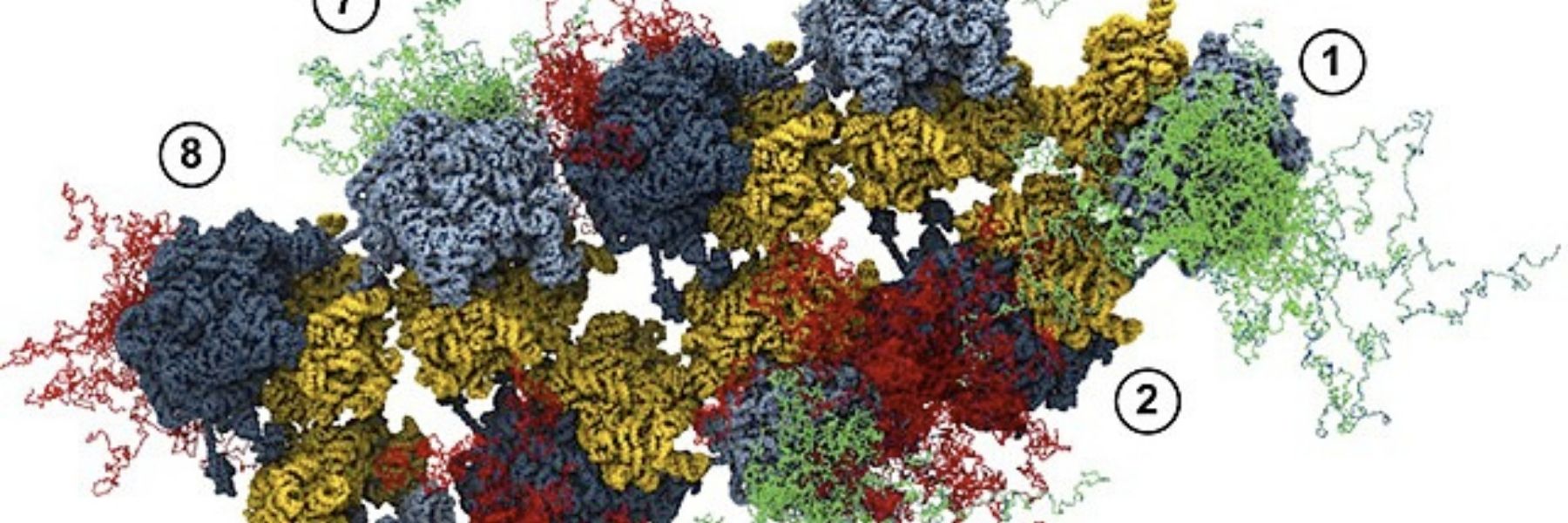
Nanotechnology in agricultural sciences:
Nanobiotechnology holds the promise of sustainable agriculture as it’s believed that nanoparticles, with their unique physicochemical characteristics, can enhance plant growth and stress tolerance. These nanoparticles significantly stimulate growth by influencing seed germination, shoot and root growth, and notably impacting grain yield. Additionally, nanobiotechnology plays a crucial role in genetically modifying crops, including GMO crops. For instance, scientists have employed mesoporous silica nanoparticles (MSN) to deliver chemicals and DNA into plant cells and leaves. The utilization of nano-fertilizers, nano-pesticides, and nano-herbicides can reduce the dependence on toxic chemicals in agriculture, resulting in environmental benefits such as decreased water contamination and improved soil health. However, it’s essential to recognize that the use of GMO crops and nanobiotechnology in agriculture remains a subject of debate and regulation in many regions
Conclusion:
As we look ahead, we find promising prospects in nanotechnological research. Researchers aim to refine nanomaterials, explore new applications, and enhance their safety features. We can anticipate the emergence of cutting-edge nanotechnology applications in medical, healthcare, and agricultural sciences as technology evolves, delivering significant improvements and benefits for society.
- Haleem A, Javaid M, Singh RP, Rab S, Suman R. Applications of nanotechnology in the medical field: a brief review. Global Health Journal [Internet]. 2023 Jun 1;7(2):70–7. Available from: https://doi.org/10.1016/j.glohj.2023.02.008
- Zhao L, Lü L, Wang A, Zhang H, Huang M, Wu H, et al. Nano-biotechnology in agriculture: Use of nanomaterials to promote plant growth and stress tolerance. Journal of Agricultural and Food Chemistry [Internet]. 2020 Jan 31;68(7):1935–47. Available from: https://doi.org/10.1021/acs.jafc.9b06615
- Fakruddin Md, Hossain Z, Afroz H. Prospects and applications of nanobiotechnology: a medical perspective. Journal of Nanobiotechnology [Internet]. 2012 Jan 1;10(1):31. Available from: https://doi.org/10.1186/1477-3155-10-31
- Haleem A, Javaid M, Singh RP, Rab S, Suman R. Applications of nanotechnology in the medical field: a brief review. Global Health Journal [Internet]. 2023 Jun 1;7(2):70–7. Available from: https://doi.org/10.1016/j.glohj.2023.02.008
- Alghamdi M, Fallica AN, Virzì N, Kesharwani P, Pittalà V, Greish K. The promise of nanotechnology in personalized medicine. Journal of Personalized Medicine [Internet]. 2022 Apr 22;12(5):673. Available from: https://doi.org/10.3390/jpm12050673
- Bayda S, Adeel M, Tuccinardi T, Cordani M, Rizzolio F. The history of Nanoscience and Nanotechnology: From Chemical–Physical applications to Nanomedicine. Molecules [Internet]. 2019 Dec 27;25(1):112. Available from: https://doi.org/10.3390/molecules25010112
- Priyanka P, Kumar D, Yadav A, Yadav K. Nanobiotechnology and its Application in Agriculture and Food Production. In: Nanotechnology in the life sciences [Internet]. 2020. p. 105–34. Available from: https://doi.org/10.1007/978-3-030-31938-0_6
- Shang YF, Hasan K, Ahammed GJ, Li M, Yin H, Zhou J. Applications of Nanotechnology in plant growth and crop Protection: a review. Molecules [Internet]. 2019 Jul 13;24(14):2558. Available from: https://doi.org/10.3390/molecules24142558
- Pharmaceutical Nanotechnology for Precision Medicine [Internet]. Frontiers. Available from: https://www.frontiersin.org/research-topics/51636/pharmaceutical-nanotechnology-for-precision-medicine

Author: Ms Sanika Pande

